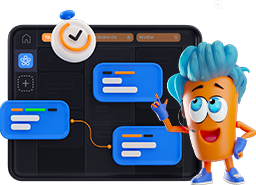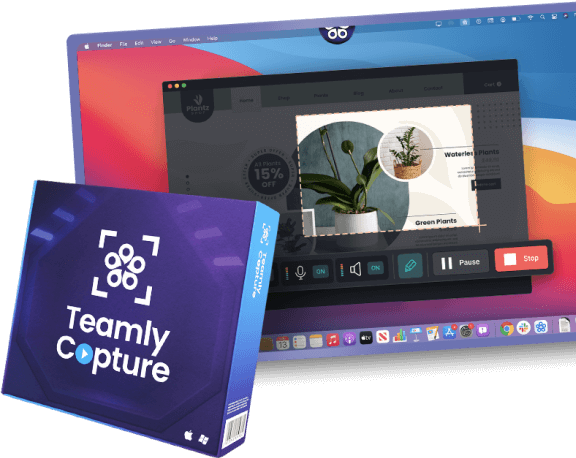
Click the button to start reading
The Manager’s Guide to Running Effective Retrospectives (Removing Awkwardness)
Retrospectives are more than just meetings—they’re a chance to pause, reflect, and propel your team forward.
When done right, retrospectives foster a culture of learning, strengthen psychological safety, and turn lessons learned into impactful change.
This guide expands on a straightforward six-step framework, shares real-world examples, and gives you actionable strategies to double the value of your retrospectives without doubling your effort.

Why You Need Frequent, Powerful Retrospectives
Scheduling retrospectives only at the end of major milestones or quarterly reviews means small issues can fester.
By making them a regular rhythm—weekly or bi-weekly—you catch blockers early, celebrate wins promptly, and keep momentum high.
When everyone sees quick wins and small course corrections compound over time, engagement skyrockets.
Here’s what happens when you double down on retrospectives:
- Fewer Surprises: Early detection prevents last-minute crises.
- Higher Engagement: Teams know their voices matter and see tangible results.
- Sustained Improvement: Continuous feedback loops drive incremental gains.
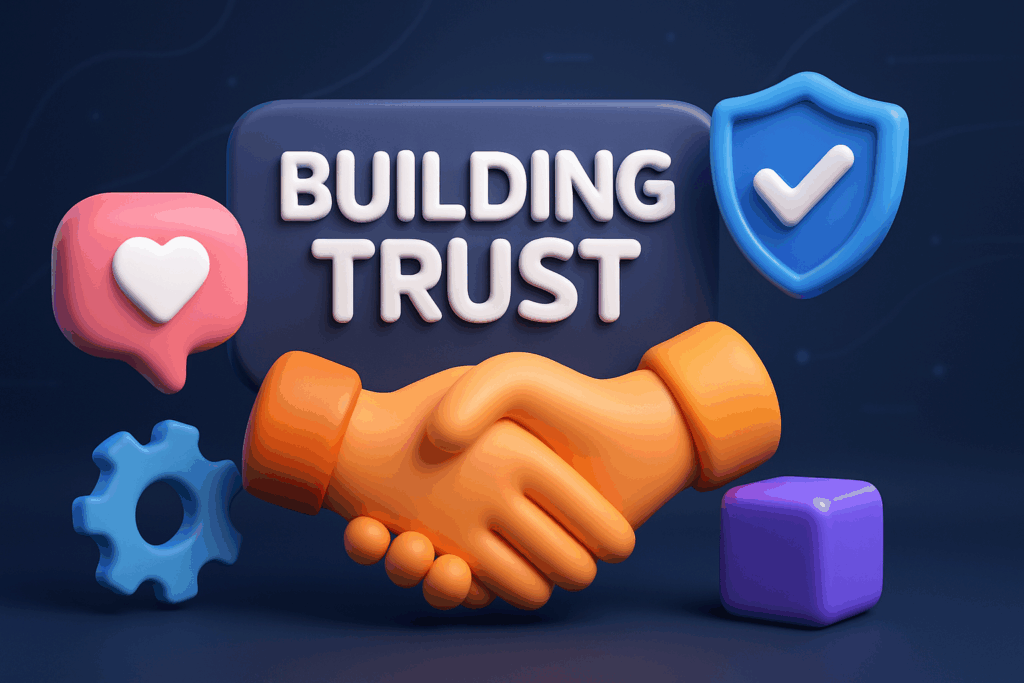
Deep Dive: Six-Step Retrospective Framework
This expanded version of the six-step framework includes extra context, examples, and mini-exercises to keep discussions engaging.
- Set the Stage
- Time: 5 minutes
- Goal: Establish safety and clarity.
- Gather Data
- Time: 10 minutes
- Goal: Surface facts and feelings.
- Generate Insights
- Time: 15 minutes
- Goal: Identify root causes and patterns.
- Decide What to Do
- Time: 10 minutes
- Goal: Agree on focused actions.
- Close the Retrospective
- Time: 5 minutes
- Goal: End positively and capture energy.
- Follow Up
- Ongoing: Track actions and report back.
- Goal: Ensure accountability and visibility.
1. Set the Stage
Open with an icebreaker that matches your team’s style.
Try “One thing you learned this sprint” or “Rate your energy from 1–5.” Invite everyone to share briefly. Reiterate ground rules: assume positive intent, avoid interruptions, and focus on process improvements.
This phase establishes emotional safety and sets clear expectations.
2. Gather Data
Split data gathering into two parts:
- Facts: Completed tasks, metrics (velocity, bugs, production incidents).
- Feelings: Frustrations, surprises, proud moments.
Use visual aids—sticky notes or a digital board. Prompt questions like, “What went well?” and “What didn’t go as expected?” Encourage specificity to keep the conversation grounded.
3. Generate Insights
With data collected, facilitate a discussion to uncover why things happened. Techniques:
- 5 Whys: Keep asking “why?” until you hit a systemic root cause.
- Fishbone Diagram: Map categories (people, process, tools) to visualize contributing factors.
- Dot Voting: Let the team vote on the most critical issues to tackle first.
4. Decide What to Do
Brainstorm improvement ideas, then narrow to two or three high-impact actions. Use these criteria:
- Impact: How much will this help?
- Effort: Can we implement it quickly?
- Ownership: Who will drive it?
Assign specific owners and deadlines. Record items in Teamly so they appear on everyone’s dashboard, with automatic reminders.

5. Close the Retrospective
Wrap up with a brief gratitude round—each person names one teammate who helped them. Or try “Rose, Bud, Thorn”: highlight a success (rose), a future opportunity (bud), and a challenge (thorn). Ending on a positive note reinforces psychological safety and connects the team emotionally.
6. Follow Up
Without follow-up, even the best ideas languish. Schedule a quick check-in mid-sprint to review action items. In your stand-ups, ask: “Any progress on last retro’s actions?” Use Teamly’s reporting view to track completion. This transparency shows the team that their feedback leads to real change.
Real Examples: Retrospectives in Action
Case Study A: A software team noticed recurring production bugs. Through dot voting, they prioritized improving code review checklists. Within two sprints, bugs dropped by 40%—and morale improved because engineers felt heard and empowered.
Case Study B: A marketing squad struggled with last-minute asset delivery. Their retro uncovered unclear deadlines and handoff gaps. They implemented a simple shared calendar and brief handoff call, cutting delays by half.
Strategies to Prevent Blame
Blame stalls progress. Instead of asking “Who failed?” frame questions around systems: “What process gaps led to this?” Model language like, “We experienced…” or “I noticed…”
Rotate the facilitator role to keep the environment neutral. When mistakes happen, treat them as data points, not faults.
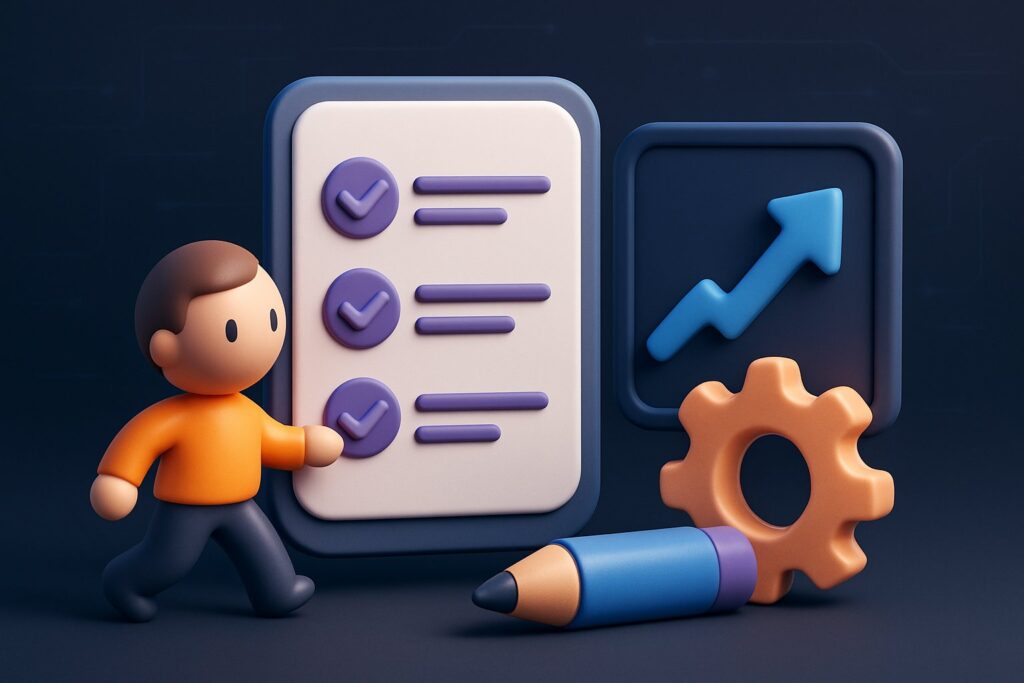
Bonus Tips for Managers
- Rotate the Format: Experiment with formats—timeline exercises, speedboats, or sailboat retrospectives—to keep energy high.
- Bring in Inspiring Prompts: Start with a quote (“In learning you will teach, and in teaching you will learn.”) to spark reflection.
- Use Visual Aids: Incorporate diagrams or quick sketches to illustrate points—visual learning boosts retention.
- Invite External Guests: Occasionally have a stakeholder or another team join to broaden perspectives.
- Celebrate Completion: When all action items are done, recognize your team with a small reward—virtual badges, kudos in a newsletter, or a team lunch.
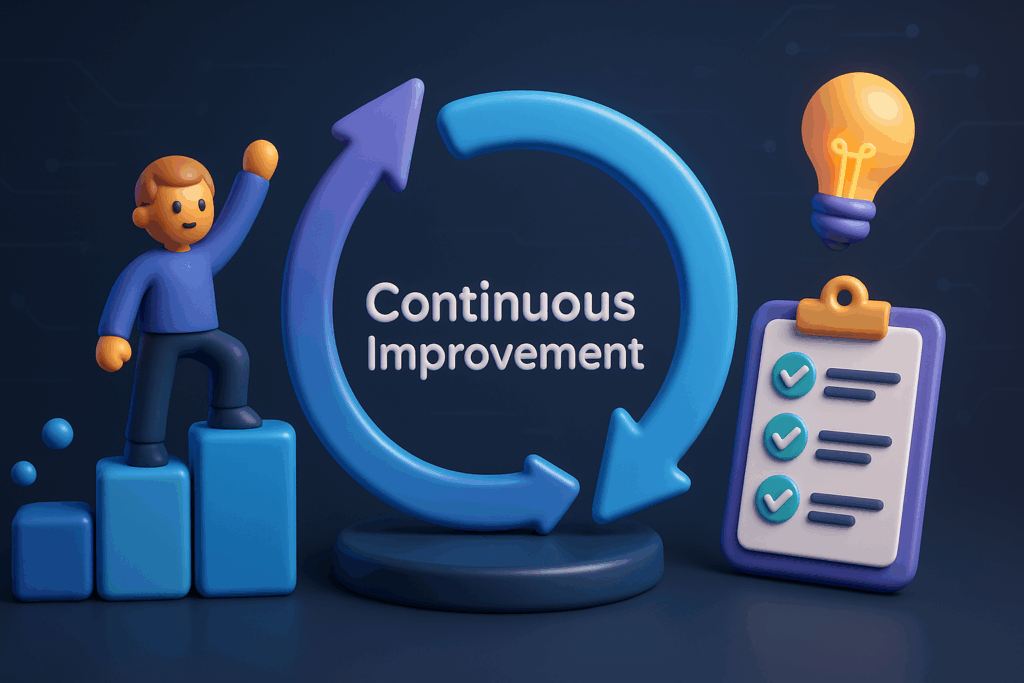
Doubling the size of your retrospective sessions doesn’t mean doubling the effort—it means doubling the impact.
By embedding these expanded techniques, real examples, and follow-up strategies into your workflow, you’ll foster a culture of continuous improvement that drives results.
Ready to unleash the full power of retrospectives? Start planning your next session today with Teamly, and watch your team thrive.


